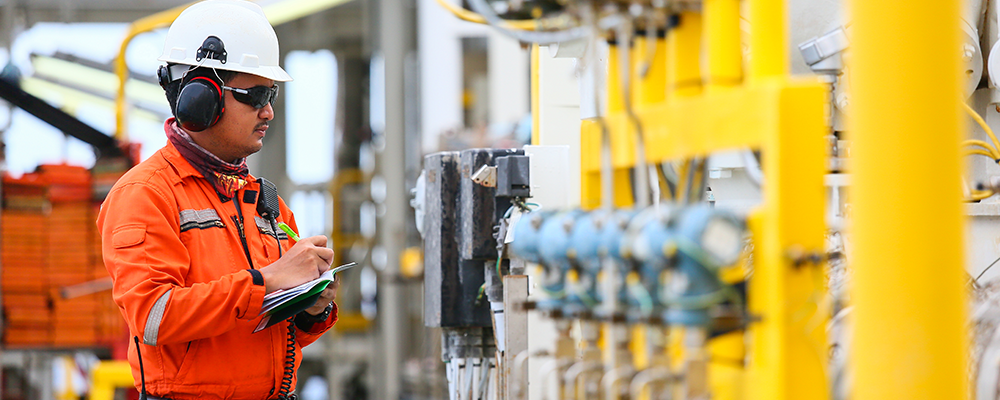
The campaign to instill good health and safety standards in workplaces across the land is ongoing. In fact, reality be told, it is neverending.
With efforts cranked up from 10 to 11 over recent years, the question many ask is whether workplace safety is actually getting better.
The answer is a resounding “yes, yes, yes”.
This is not conjecture, but rather statistical fact. The latest figures to roll from the ever-reliable databases of the Health and Safety Executive show improvements in occupational settings as well as high-risk industries.
Despite best efforts, however, workplace incidents still take place. In the construction industry, for instance, nine deaths occurred in the UK in 2012/13. The past 12 months have also seen a number of high profile and devastating explosions at sites across the US.
Prevention, control and mitigation
The HSE has assumed position of driver in the journey towards shifting emphasis from reaction to prevention. The idea of preventing an accident before it happens just makes sense, right?
Well it does to us at RTS. In the event that these layers of protection fail then any workplace should also have appropriate mitigation measures in place to limit the fallout.
Prevention, control and mitigation – perhaps three truer words were never spoken.
Actions always speak louder than words, though. Turning that which rolls off the tongue into concrete results therefore requires strong leadership atop of a business – a culture of safety rippling down to those working at the coalface.
Complacency must be checked at the office door with the assumption that accidents can happen when we least expect them.
Smokescreens and safety myths
Then there were smokescreens and safety myths. What sounds like a Dan Brown novel is in fact a real barrier to achieving even safer workplaces.
Indeed, there is a persisting perception that safety shackles the progress of business towards prosperity. This is compounded by the circulation of myths which trivialise the real issues of health and safety.
The HSE has launched a fantastic campaign to bust these fantasies and provide businesses with clearer guidance as to what their duties actually are. Knowledge is power and implementing safety systems properly is always the most economical and effective way.
Anyway, why should safety drain a business of its capitalistic desires? Almost all of us in business enjoy the rub of the green – it’s a huge part of what we do.
We’re not gardeners so let us not beat around the bush here: safety does require an investment of time and resource to differing degrees depending on the need of the business.
Rather than hinder cash flow though, well-implemented safety systems help support and grow the bottom line over the long term by bringing greater operational efficiencies into play.
Does safety ever sleep?
We folks in the business world should take a moment to pat ourselves on the back for the efforts put in so far. The positive impact of our new culture is clear and the statistics speak for themselves.
No sooner have we done this though, is it back to business. Safety, after all, never sleeps and the campaign has only just begun.
Related reading:
- How do I conduct a fire risk assessment?
- Fife Council fined £24,000 over gas leak
- Employee prosecuted after striking co-worker with digger bucket
- HSE promotes ‘sensible risk’ in local government
- CSB calls for greater regulation of reactive chemicals
- Press Release: University of Hull Processes Safety With RTS
- Free personal protective equipment training for your site


